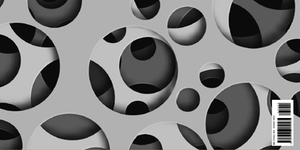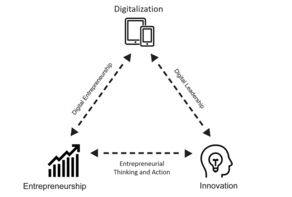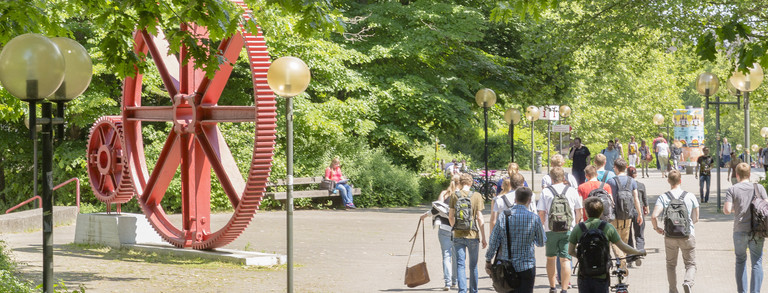Practical contribution on entrepreneurial management teams published in PERSONALquarterly

A new practical article by Prof. Dr. Simon Hensellek and Jonah Weißwange from the Junior Professorship for Entrepreneurship and Digitalization in PERSONALquarterly shows how companies can increase their entrepreneurial orientation through effective knowledge distribution and collaboration. Based on a comprehensive empirical investigation of a previous study, the practical article shows that organizations with strong transactive memory systems have a stronger entrepreneurial orientation and are therefore more competitive. The importance of clear communication structures and the distribution of expert knowledge within teams is particularly emphasized.
The authors of the study emphasize that a well-developed transactive memory system not only improves decision-making, but also helps companies to react more quickly to market changes. "Our results show that organizations that systematically use their knowledge resources develop greater innovative strength and strengthen their strategic agility," explains one of the study authors.
The results of this research are particularly relevant for companies that operate in dynamic environments and need to continuously develop innovative solutions. The study provides practical implications for management and shows how companies can improve their entrepreneurial orientation and competitiveness through targeted measures.
The full article is available here: To the study
Citation: Hensellek, S. & Weißwange, J. (2025).Expertise, Koordination, Vertrauen: Wie Managementteams entrepreneurial werden. PERSONALquarterly, 77(2), 32-38.


